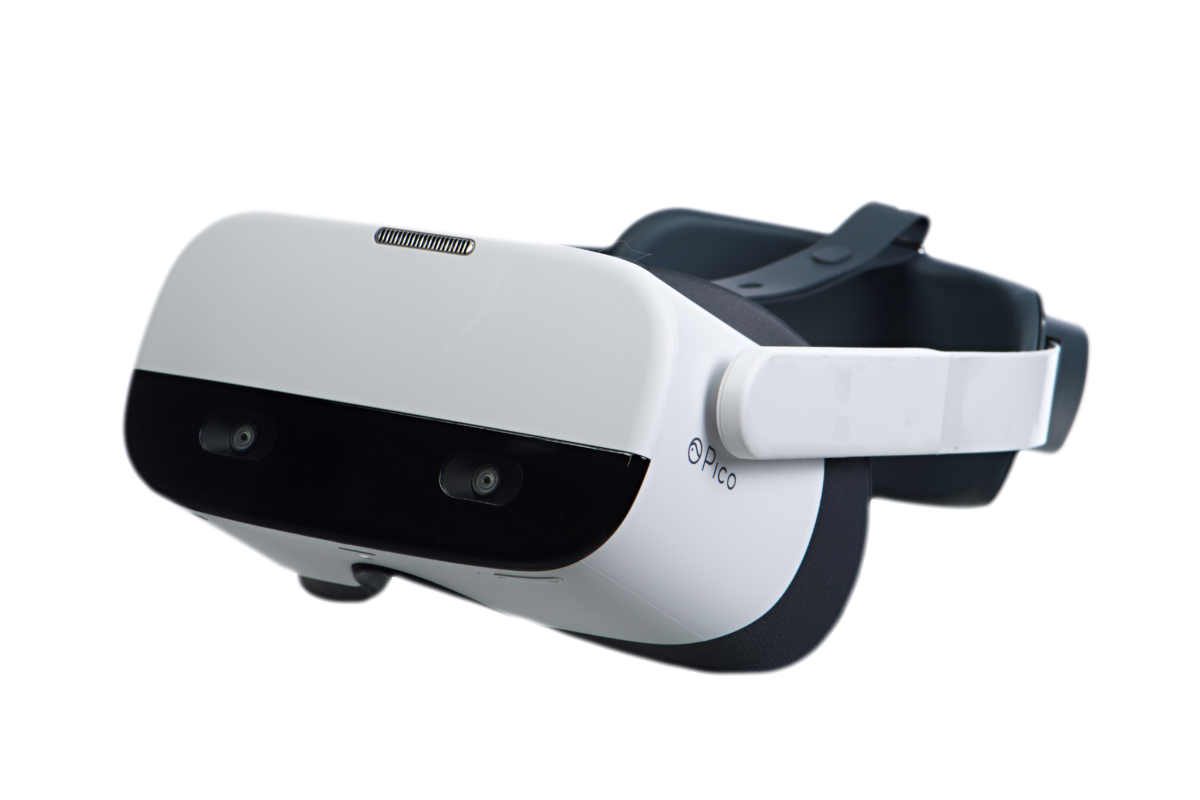If you’re just now getting into the world of VR, the multiple acronyms can be a little confusing. Today, we’re going to demystify two similar terms that have to do with the types of motions and maneuvers you can experience when using VR: “3dof” and “6dof”. (You might even get some much-needed stretching in as you act-out the two. More on that in just a second.)
Degrees of freedom: the 6 axes explained
“Dof” stands for “degrees of freedom.” The number attached to it stands for how many different axes are being tracked. There are three main axes (translational), and three secondary axes (rotational). A 3dof VR experience will limit you to one set, rotational or translational, but not both. A 6dof experience allows for both.
Translational axes
The translational axes are the most straightforward, so we’ll start there. Without going too far down the VR development rabbit hole, for the purposes of this example, we will be using what’s known as a “Z-up” coordinate system. (The axes can, and do change, across various applications.)
Imagine yourself — or feel free to physically do this if you’ve got enough room, just don’t collide with any bystanders! — looking straight ahead, and keeping your face turned forward and motionless at all times. The movements you are about to take will mimic the three translational axes.
Step to the right, and then to the left — in a straight line. This is the first directional axis, known as “x”. This side-to-side movement is commonly known as “strafing.”
Now, step forward, without changing your posture. Then step back. This is the second directional axis, typically known as “y.” You can move closer to something, or farther away, (also in a straight line). This forward and backward movement is commonly known as “surging.”
Finally, crouch down, then stand up. This is the third directional axis, typically known as “z”, where you’re moving lower in relation to something, or higher. This up and down movement is commonly known as “elevating.”
Rotational axes
Let’s look at rotational movements. Once again, imagine yourself looking straight forward, and putting your arms out like the wings of a plane, palms facing downward. You will only move your head and upper body while your feet remain still. The movements you are about to take will mimic the three rotational axes.
Looking straight ahead, (the “x” axis), tilt your head to the right, as if you’d put your right ear on your right shoulder while letting your right arm drop and the left one rise. Then tilt your head to the left again, letting your right arm rise back up as the left drops. This is rotational movement on the x-axis, and is commonly known as “rolling”.
Next, turn your head to look to the left, and allow your waist to twist to the left as well until your right arm points the same way as your feet. Then turn your head back to the right, twisting the other way, so your left arm points the same direction as your feet. This is rotational movement on the y-axis, and is commonly known as “yawing.”
Finally, drop your chin to look at the floor, while bending forward slightly at the waist. Your arms will stay straight out on either side, but your palms will face behind you. Straighten, and then look up at the ceiling, leaning back slightly at the waist as your palms face in front of you. This is rotational movement on the z-axis, and is commonly known as “pitching.”
6dof VR setups combine both the translational movements and the rotational movements to create a more immersive experience.
Advantages of 6dof over 3dof
In VR, various 3dof experiences can be useful for limited applications that don’t require full immersion, such as a simple driver’s ed program designed to test reaction times for braking. This may get the point across, but it results in a very “flat” experience.
For a fully immersive VR experience, 6dof can allow you to walk around an item in a 360-degree circle, bend over and view it from the top down — or crouch down and view it from the bottom up. This kind of positional tracking leads to a much more engaging experience, which is critical to realistic simulation such as a firefighting simulation, where freer movement and manipulation of objects inside the environment is required.
Most of the less expensive types of VR technology in the past only implemented 3dof, because the process to track rotational movements was easier and less costly than tracking translational movements.
Currently, 6dof enabled VR systems are considerably more expensive than 3dof, but the price is dropping as the technology becomes simpler and cheaper to replicate. Eventually, it is anticipated that most VR experiences will feature 6dof, which allows many more options for VR-based training and simulations.
So, there you have it. Now you understand the difference between 3dof and 6dof, and you may have even gotten a little exercise in the process!

PIXO Has Improved VR Management to One Easy Step

Further Reading:
Everything You Need to Know About 6dof and Standalone VR
PIXO VR’s Guide to 6dof and the Oculus Quest